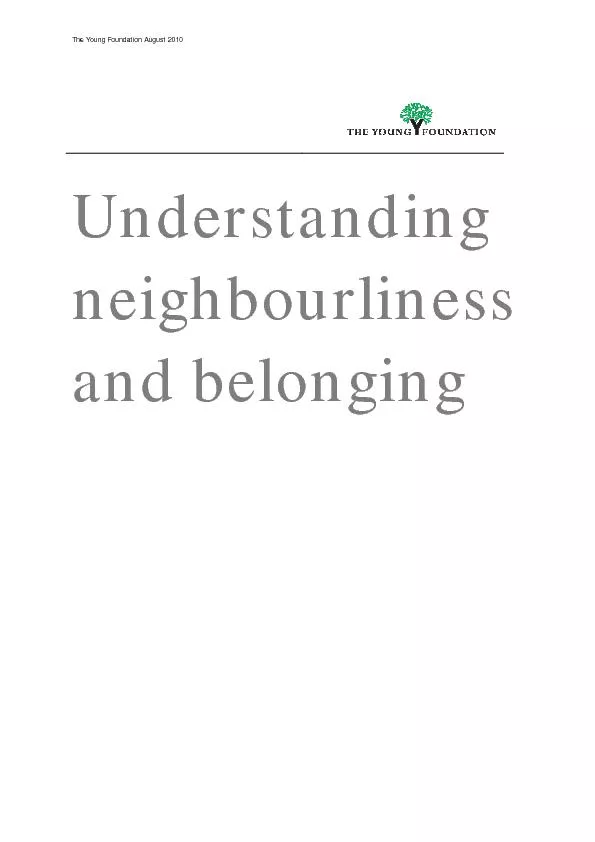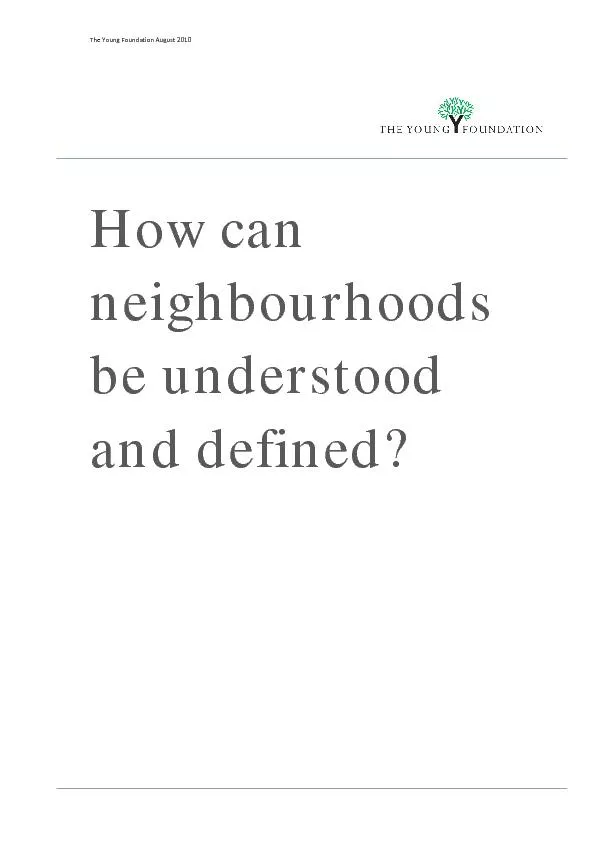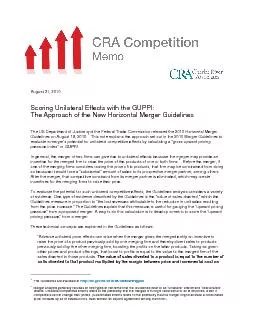PDF-The Young Foundation August 2010
Author : giovanna-bartolotta | Published Date : 2016-06-30
neighbourliness and belonging There has been much political and media debate over recent years about what belonging and identity mean in Britain today The Governance
Presentation Embed Code
Download Presentation
Download Presentation The PPT/PDF document "The Young Foundation August 2010" is the property of its rightful owner. Permission is granted to download and print the materials on this website for personal, non-commercial use only, and to display it on your personal computer provided you do not modify the materials and that you retain all copyright notices contained in the materials. By downloading content from our website, you accept the terms of this agreement.
The Young Foundation August 2010: Transcript
Download Document
Here is the link to download the presentation.
"The Young Foundation August 2010"The content belongs to its owner. You may download and print it for personal use, without modification, and keep all copyright notices. By downloading, you agree to these terms.
Related Documents














